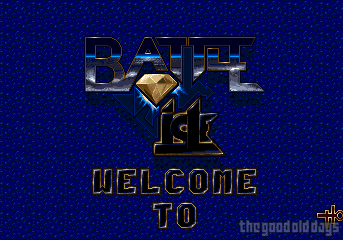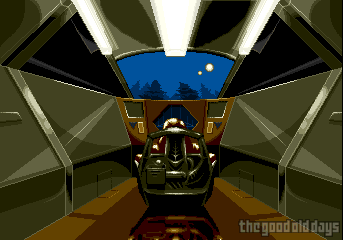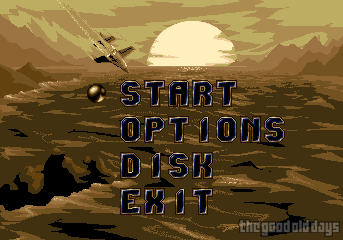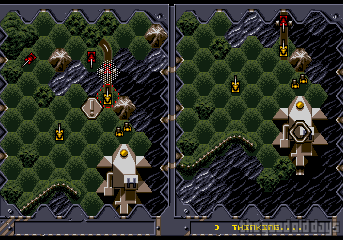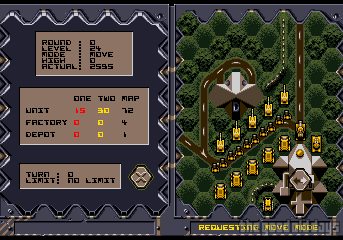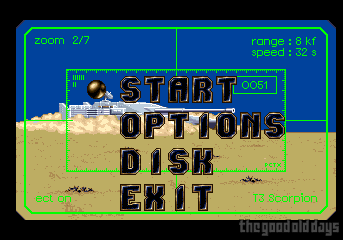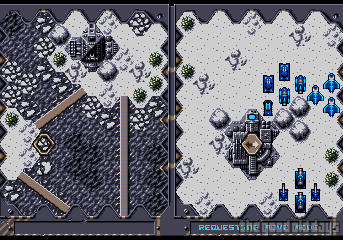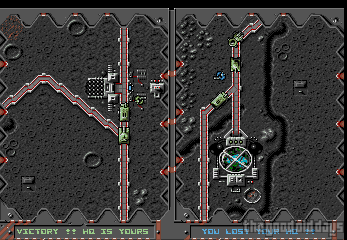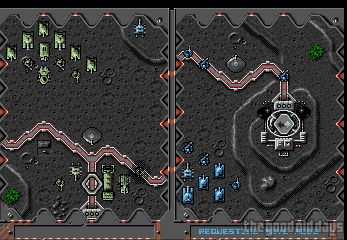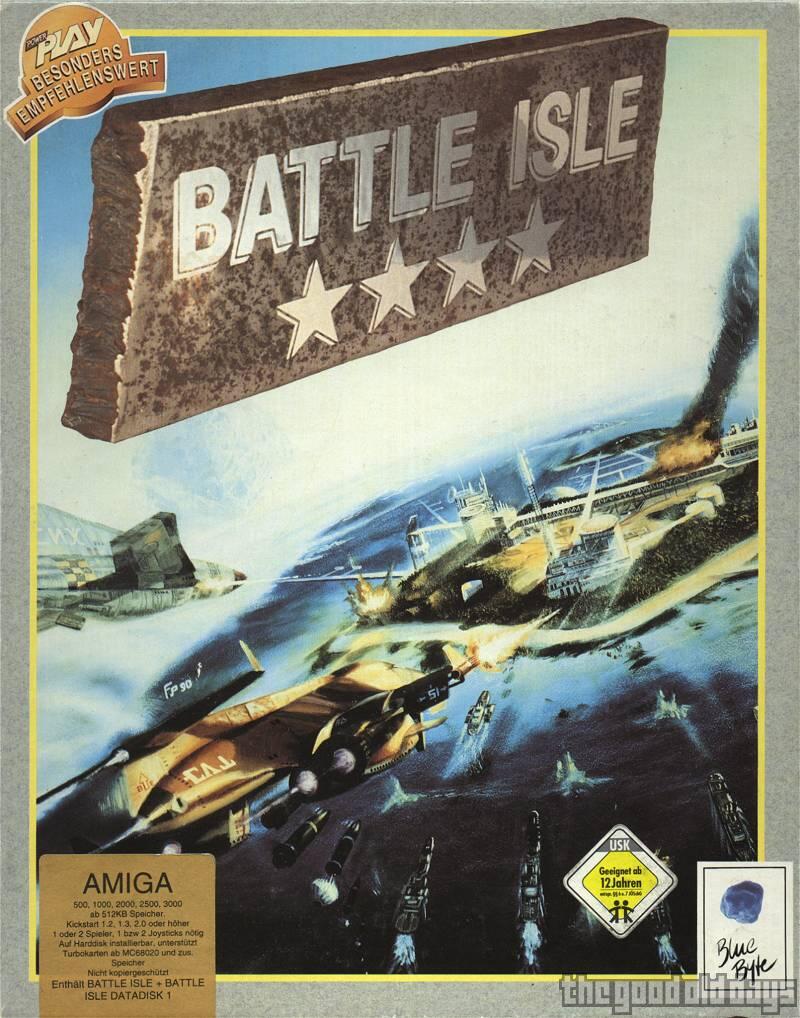Thoughts by Mr Creosote (01 00 2003) – Amiga (OCS)
Battle Isle – the game which got two different groups of games into public focus: wargames and German games. Both had had their loyal fan-base before, but both had been small. Tactical wargames turned into a very popular genre following this game. German games stayed a niche market in spite of this game’s success.
The game starts to shine with its excellent documentation. You don’t just get a few pages cryptically explaining some even more cryptic commands. In the box, you find a manual explaining the game mechanics in a detailed and understandable way, but also an additional reference book listing all available units with all their ‘technical specs’ and yet another book containing the plot (which circles around evil machines taking over the world – not too original, but way more than similar games have to offer).

Next we have the graphics. A tank is neither a black square with a cross on it, nor some ASCII character. It is actually recognizable as what it is – looking like a small toy. The landscape doesn’t consist of the usual, either. It has colours, roads can be distinguished from rubble with a single glance. If you don’t understand why this is all so important to mention, go play some classic wargames by SSI from the 80s.
The controls are probably the only debatable aspect of Battle Isle. A joystick in a strategy game? Oh well, as long as it works. Again, way better than the cryptic keyboard commands commonly used before. There is nothing to memorize, just center the cursor over the unit you want to give orders to, press the fire button and move the stick – there we have the different commands. Intuitive, because it always only shows the commands which make sense in this specific situation.
What many people who pirated the game missed was not only the excellent docs, but also the single player mode (!). Battle Isle was one of the first games which stressed two player mode over playing against the computer. You’re always playing on a vertically split screen, left side for player one, right side for player two (no matter if this side is controlled by a biological or electronic brain). Both sides can give their commands at the same time and when they’re finished, the results are shown. In order to avoid illegal actions like two units moving to the same hex, one fraction is in movement phase while the other is in attack phase. Planning ahead gets more important because of the available commands switching back and forth in the turns.
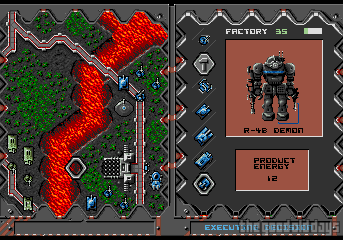
To get back to missing the single player option: instead of saving your progress to disk, Battle Isle uses passwords for the levels. The default password on starting the game is the first map for two player mode. To enter single player mode, you have to know the right password – which is listed in the manual. Without the manual… tough luck (good thing you’re reading reviews: the password is ‘Conra’ ;).
On the technical side, Battle Isle was way ahead of its time. It installs to a hard drive without any problems (and the data disk can be added to that installation easily: run the main program, exit it immediately again and then start the installation) and it even supports the 68020 CPU natively (which was very uncommon in the time the game was released). It doesn’t work with the AGA chipset of newer Amigas, but booting the computer in ECS or OCS mode fixes the display again.
Two data disks were released in the following two years. Each added new levels and more landscapes. The second one (released in '93) is even a stand-alone program which doesn’t need the main game to run, it has new units and some minor improvements in the game mechanics – still, it was sold at regular data disk price. Very fair!
Hex-wargames would never be the same again after Battle Isle. Other companies adopted the ideas laid out here, because they were good. They were making this genre more accessible and therefore ensuring the survival of such games on the mass market for several years.
Other German companies couldn’t take any advantage out of the international attention this game received, though. They carried on producing their dry business simulations in which nobody was interested. Almost none of these companies survived – but then again, so didn’t Blue Byte…
